Home>Gardening & Outdoor>Outdoor Entertaining>How Deep To Dig A Fire Pit
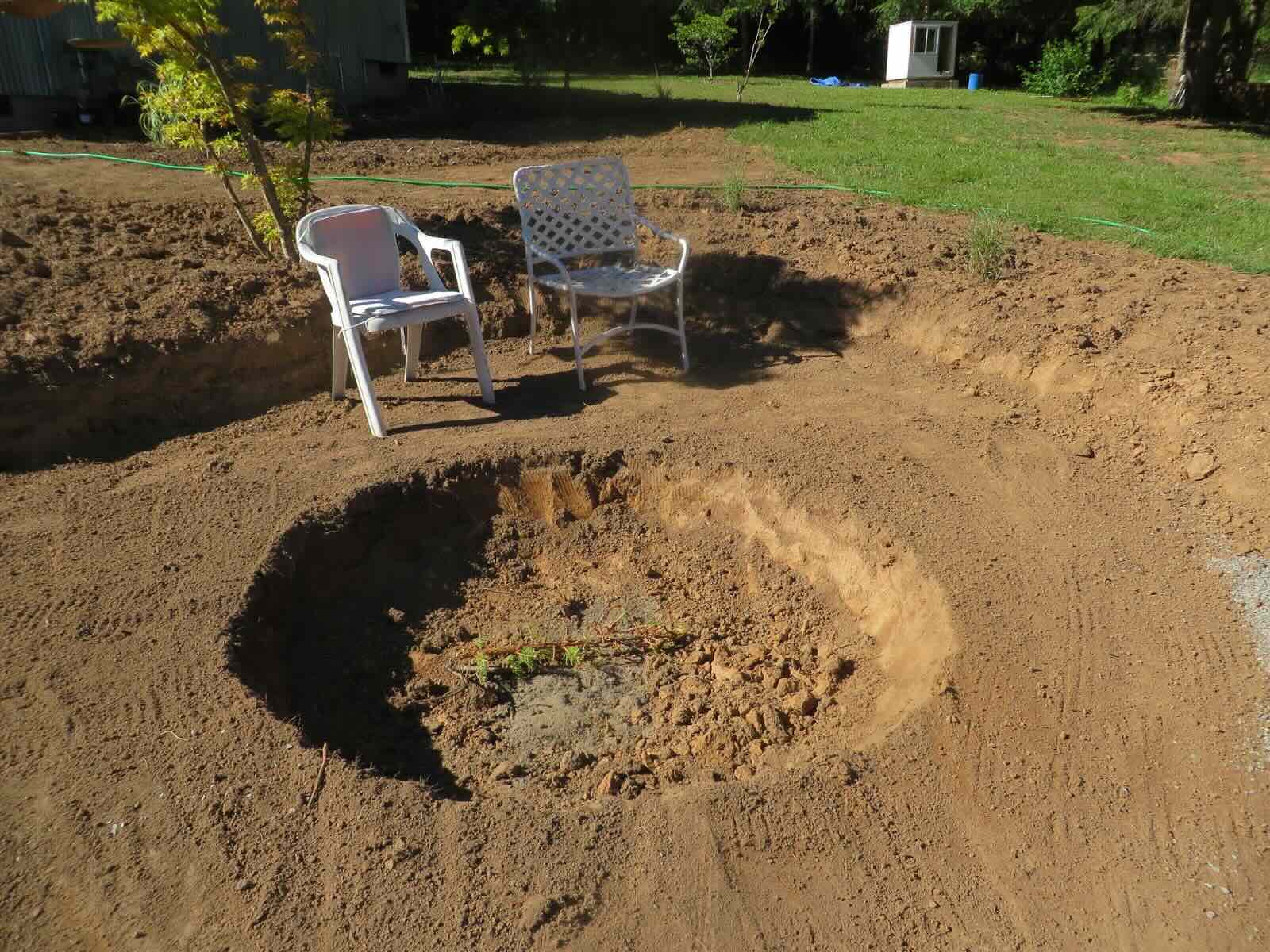

Outdoor Entertaining
How Deep To Dig A Fire Pit
Modified: February 18, 2024
Discover the ideal depth for digging a fire pit in your outdoor entertaining space. Learn how to create the perfect focal point for your gatherings.
(Many of the links in this article redirect to a specific reviewed product. Your purchase of these products through affiliate links helps to generate commission for Storables.com, at no extra cost. Learn more)
Introduction
When it comes to outdoor entertaining, few things can rival the cozy ambiance and communal spirit of a crackling fire pit. Whether you're roasting marshmallows with the family, sharing stories with friends, or simply basking in the warmth of the flames on a cool evening, a fire pit can be the focal point of your outdoor gatherings. However, before you can start enjoying the mesmerizing dance of the flames, there are important considerations to address, including the depth of the fire pit.
In this comprehensive guide, we'll delve into the crucial factors to consider when determining how deep to dig a fire pit. From safety considerations and local regulations to the practical aspects of digging and sizing, we'll cover everything you need to know to create a fire pit that not only enhances your outdoor space but also complies with safety standards.
So, grab a seat, imagine the inviting glow of a well-crafted fire pit, and let's explore the ins and outs of determining the ideal depth for your outdoor fire feature.
Key Takeaways:
- Ensure your fire pit is a safe distance from flammable structures, clear surrounding debris, and consider wind direction for a comfortable outdoor experience.
- Check local regulations, choose a suitable location, and dig to the right depth and size for a fire pit that’s both safe and inviting.
Read more: How Deep To Dig For Fence Post
Safety Considerations
Before you start digging into the ground to create your fire pit, it’s crucial to prioritize safety. Fire pits, by their very nature, involve open flames and intense heat, so taking the necessary precautions is paramount to ensure the well-being of yourself, your property, and those around you.
One of the primary safety considerations is the proximity of the fire pit to flammable structures or materials. Ensure that the location you choose for your fire pit is at a safe distance from buildings, trees, overhanging branches, and any other potential fire hazards. This not only reduces the risk of accidental fires but also provides ample space for people to move around the fire pit without feeling cramped.
Additionally, consider the ground surface surrounding the fire pit. It’s advisable to clear away any dry leaves, grass, or debris that could easily catch fire from stray embers. Creating a non-combustible perimeter around the fire pit, such as using gravel or pavers, can help contain the fire and prevent it from spreading uncontrollably.
Furthermore, be mindful of the prevailing wind direction in your outdoor space. Position the fire pit so that the prevailing winds won’t blow smoke directly into seating areas or gathering spots. This simple consideration can significantly enhance the comfort of everyone enjoying the fire.
Lastly, always have a means of extinguishing the fire readily available, whether it’s a bucket of sand, a garden hose, or a fire extinguisher. Being prepared to handle unexpected flare-ups or rapidly extinguish the fire at the end of the evening is a crucial aspect of responsible fire pit ownership.
By prioritizing safety from the outset, you can create a fire pit that not only provides warmth and ambiance but also offers peace of mind for you and your guests.
Local Regulations and Permits
Before embarking on the construction of a fire pit, it’s essential to familiarize yourself with the local regulations and permit requirements governing outdoor fire features. These regulations vary from one municipality to another and may encompass stipulations related to fire pit dimensions, fuel types, setback distances, and more.
Start by contacting your local municipal office or fire department to inquire about the specific regulations governing fire pits in your area. Some regions have clear guidelines regarding the permissible size, depth, and location of fire pits, while others may require permits for certain types of fire features. Understanding and adhering to these regulations not only ensures compliance with the law but also promotes safety and harmony within your community.
In addition to official regulations, it’s also crucial to consider any homeowners’ association (HOA) guidelines that may apply to your property. Some HOAs have their own set of rules and restrictions concerning outdoor fire pits, including specifications for their construction and usage. By familiarizing yourself with these guidelines early in the planning process, you can avoid potential conflicts and ensure that your fire pit project aligns with all relevant regulations.
Furthermore, when seeking permits or approvals for your fire pit, be prepared to provide detailed information about the proposed location, dimensions, and construction materials. This may involve submitting a scaled drawing or plan of the fire pit, along with any necessary documentation outlining its compliance with local regulations. While the permitting process may seem bureaucratic, it serves the important purpose of safeguarding the community and the environment.
By proactively addressing local regulations and permit requirements, you can embark on your fire pit project with confidence, knowing that your outdoor feature is not only a source of enjoyment but also a responsible addition to your property.
Choosing the Right Location
When determining the ideal location for your fire pit, several factors come into play, each influencing the overall enjoyment and safety of the outdoor space. The location you choose can impact the ambiance of the fire pit, the comfort of your guests, and the ease of maintenance, making it a crucial decision in the planning process.
First and foremost, consider the proximity of the fire pit to your home and other structures. While you want the fire pit to be easily accessible, it’s essential to position it at a safe distance from your house, garage, and any other buildings. This not only minimizes the risk of accidental fires but also prevents smoke from entering your home through open windows or ventilation systems.
Next, think about the natural focal points and gathering areas in your outdoor space. Whether it’s a scenic view, a cozy seating arrangement, or a designated entertainment area, your fire pit should complement and enhance these features. By strategically placing the fire pit, you can create a harmonious flow within your outdoor environment, encouraging social interaction and relaxation around the warm glow of the flames.
Consider the prevailing wind direction in your area. Position the fire pit so that the prevailing winds won’t blow smoke directly into seating areas or gathering spots. This simple consideration can significantly enhance the comfort of everyone enjoying the fire.
Furthermore, assess the ground surface and terrain of the chosen location. Opt for a level area that is free from overhanging branches and other potential fire hazards. If the ground is sloped, consider leveling it out to create a stable and safe foundation for the fire pit.
Ultimately, the right location for your fire pit is one that fosters a welcoming and comfortable atmosphere while prioritizing safety and convenience. By carefully evaluating these factors, you can select a location that sets the stage for countless memorable gatherings around the mesmerizing warmth of your fire pit.
When digging a fire pit, aim for a depth of about 12-18 inches. This will provide enough space for the fire to burn safely and help contain the flames.
Digging the Fire Pit
With the location selected and safety considerations in mind, it’s time to roll up your sleeves and start digging the foundation for your fire pit. This stage of the process is where the vision of your outdoor gathering space begins to take shape, and attention to detail is key to ensuring a sturdy and visually appealing fire pit.
Start by outlining the perimeter of the fire pit using a rope or marking paint. This will serve as a guide for the excavation process and help maintain a consistent shape and size for the pit. It’s essential to ensure that the perimeter is symmetrical and aligns with the dimensions you’ve planned for your fire pit.
Before digging, call 811 or your local utility locating service to mark the locations of any underground utilities, such as gas lines, electrical cables, or water pipes. This crucial step helps prevent accidental damage to underground infrastructure and ensures the safety of everyone involved in the digging process.
When it comes to the actual excavation, the depth of the fire pit will depend on various factors, including the type of fuel you plan to use, the size of the fire pit, and local regulations. As a general guideline, a depth of around 12 to 18 inches is suitable for most wood-burning fire pits. However, for gas-fueled fire pits, the depth may be shallower due to the specific requirements of the burner and fuel source.
As you dig, periodically check the depth and diameter of the pit to ensure that it aligns with your planned dimensions. It’s essential to maintain a consistent depth throughout the excavation process, taking into account any additional layers or materials that will be added to the base of the fire pit.
Throughout the digging process, keep the soil and excavated materials nearby, as they can be repurposed for backfilling or landscaping around the completed fire pit. This sustainable approach not only minimizes waste but also provides natural materials for enhancing the surrounding outdoor space.
By approaching the excavation process with care and precision, you can lay the groundwork for a well-constructed fire pit that becomes the heart of your outdoor entertainment area.
Read more: How Deep To Dig For Patio Pavers
Depth and Size Considerations
When determining the depth and size of your fire pit, several factors come into play, each influencing the functionality, safety, and visual appeal of the outdoor feature. By carefully considering these aspects, you can create a fire pit that not only meets your aesthetic preferences but also aligns with practical and safety considerations.
As a general guideline, the ideal depth of a fire pit ranges from 12 to 18 inches for wood-burning fire pits. This depth provides a suitable containment for the fire while allowing for proper airflow to sustain combustion. For gas-fueled fire pits, the depth may be shallower, typically accommodating the burner and fire media while ensuring safe and efficient operation.
Consider the intended use of the fire pit when determining its size. If you envision small, intimate gatherings, a compact fire pit may be more suitable, fostering a cozy atmosphere. Conversely, if you anticipate hosting larger groups or accommodating versatile seating arrangements, a larger fire pit can serve as a captivating centerpiece for your outdoor space.
Furthermore, the size of the fire pit should harmonize with the overall scale of your outdoor environment. A disproportionately large fire pit may overwhelm a small patio, while a diminutive fire pit may get lost in a spacious backyard. Striking a balance that complements the surrounding landscape and seating areas is key to creating a visually appealing and functional fire pit.
It’s important to consider the clearance around the fire pit when determining its size. Allow ample space for seating, movement, and safety, ensuring that there’s sufficient distance between the fire pit and any combustible materials or structures. This not only enhances safety but also promotes a comfortable and unobstructed experience for everyone gathered around the fire.
Ultimately, the depth and size of your fire pit should reflect your vision for outdoor gatherings while adhering to safety guidelines and practical considerations. By carefully balancing these factors, you can create a fire pit that becomes a captivating focal point, igniting countless moments of warmth and camaraderie in your outdoor space.
Adding a Base and Lining
As you progress with the construction of your fire pit, the addition of a suitable base and lining plays a crucial role in ensuring the durability, safety, and visual appeal of the structure. By implementing these elements thoughtfully, you can create a fire pit that not only withstands the rigors of regular use but also enhances the overall ambiance of your outdoor space.
Start by adding a sturdy base to the excavated fire pit. This base serves as a foundation for the fire pit and helps prevent the ground beneath the fire pit from becoming scorched or damaged by the heat. A layer of gravel or sand, evenly spread across the bottom of the pit, provides a stable and heat-resistant base while facilitating proper drainage to prevent water accumulation.
Following the installation of the base, consider lining the interior of the fire pit with fire-resistant materials. Fire bricks, specifically designed to withstand high temperatures, are commonly used to line the walls of the fire pit, creating a protective barrier between the flames and the surrounding materials. These bricks not only enhance the longevity of the fire pit but also contribute to its aesthetic appeal, providing a clean and finished look to the interior.
When arranging the fire bricks, ensure a snug fit with minimal gaps between them to create a secure and heat-resistant barrier. Additionally, consider the height of the lining, aiming for a level that allows for proper containment of the fire while maintaining a safe distance from the rim of the fire pit.
For gas-fueled fire pits, the installation of a burner and fire media is an integral part of creating the base of the fire feature. Follow the manufacturer’s guidelines for positioning the burner and arranging the fire media, ensuring that they are compatible with the dimensions and design of your fire pit.
By adding a suitable base and lining to your fire pit, you can fortify its structure, protect the surrounding materials, and create a polished and inviting focal point for your outdoor gatherings. With these foundational elements in place, your fire pit is poised to become a source of warmth, beauty, and enduring enjoyment in your outdoor space.
Conclusion
As you contemplate the depth of your fire pit, you’re not merely envisioning a functional outdoor feature; you’re crafting a space where cherished memories will be kindled and shared. The process of determining the ideal depth for your fire pit encompasses a blend of practical considerations, safety measures, and creative expression, each contributing to the creation of a captivating and harmonious outdoor environment.
From the initial safety considerations and local regulations to the meticulous process of digging, sizing, and lining, every step in the construction of a fire pit reflects a commitment to creating a space that fosters warmth, camaraderie, and relaxation. By prioritizing safety, adhering to regulations, and infusing your personal touch into the design, you’re not only building a fire pit but also cultivating a space where moments of connection and joy can unfold.
As the flames dance within the carefully crafted enclosure, your fire pit becomes more than a source of warmth; it becomes a beacon, drawing friends and family together, inspiring laughter, storytelling, and quiet moments of reflection. It transforms your outdoor space into a sanctuary, where the crackle of the fire and the flickering glow weave a tapestry of comfort and belonging.
So, as you embark on the journey of creating your fire pit, consider not only the depth of the structure but also the depth of the experiences it will facilitate. With each flicker of the flames, may your fire pit ignite a sense of togetherness, creating lasting impressions and forging connections that endure far beyond the boundaries of its carefully dug foundation.
In the end, the depth of your fire pit is not merely a measurement; it’s a reflection of the depth of care, creativity, and community that you infuse into your outdoor space, enriching the lives of those who gather around its radiant warmth.
Frequently Asked Questions about How Deep To Dig A Fire Pit
Was this page helpful?
At Storables.com, we guarantee accurate and reliable information. Our content, validated by Expert Board Contributors, is crafted following stringent Editorial Policies. We're committed to providing you with well-researched, expert-backed insights for all your informational needs.
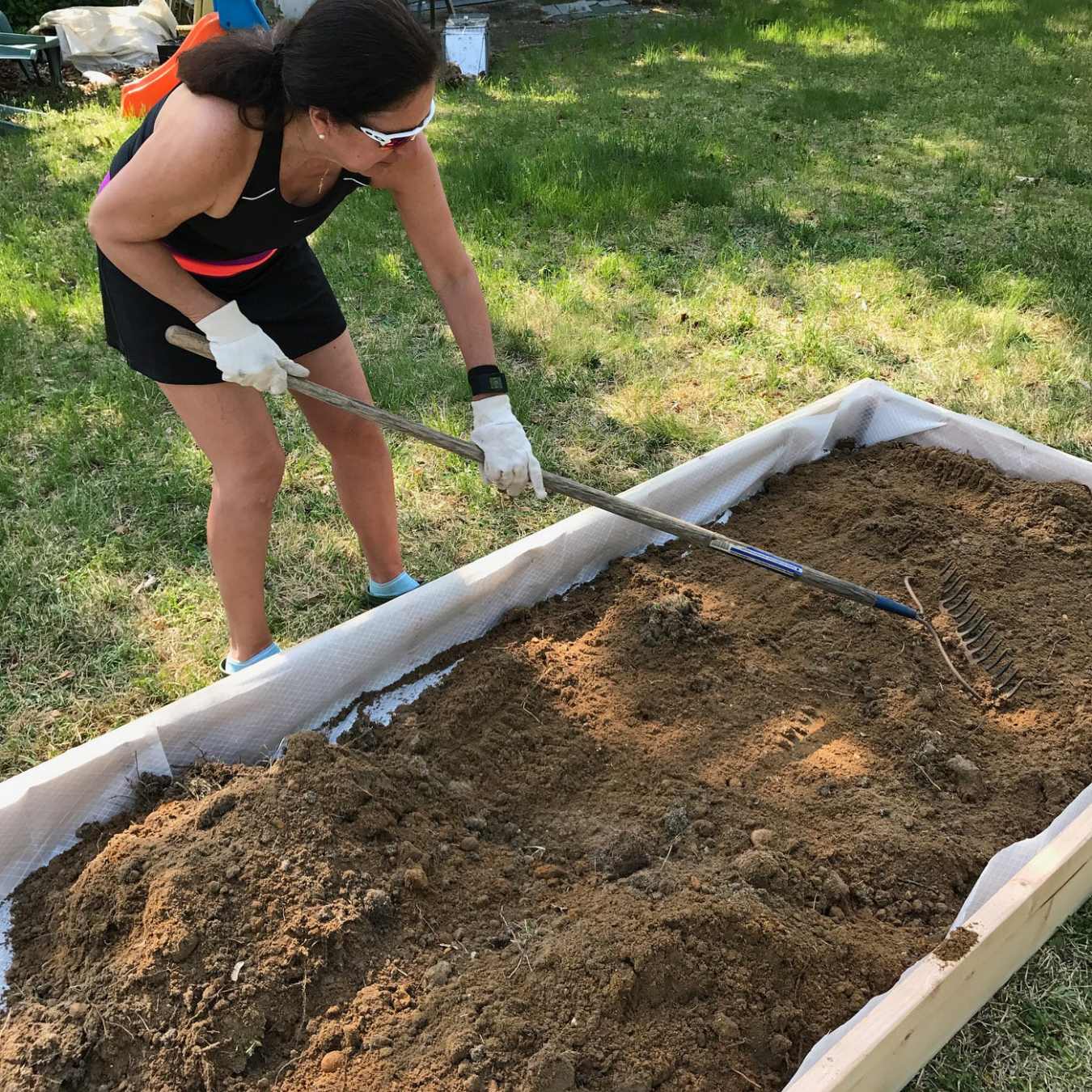
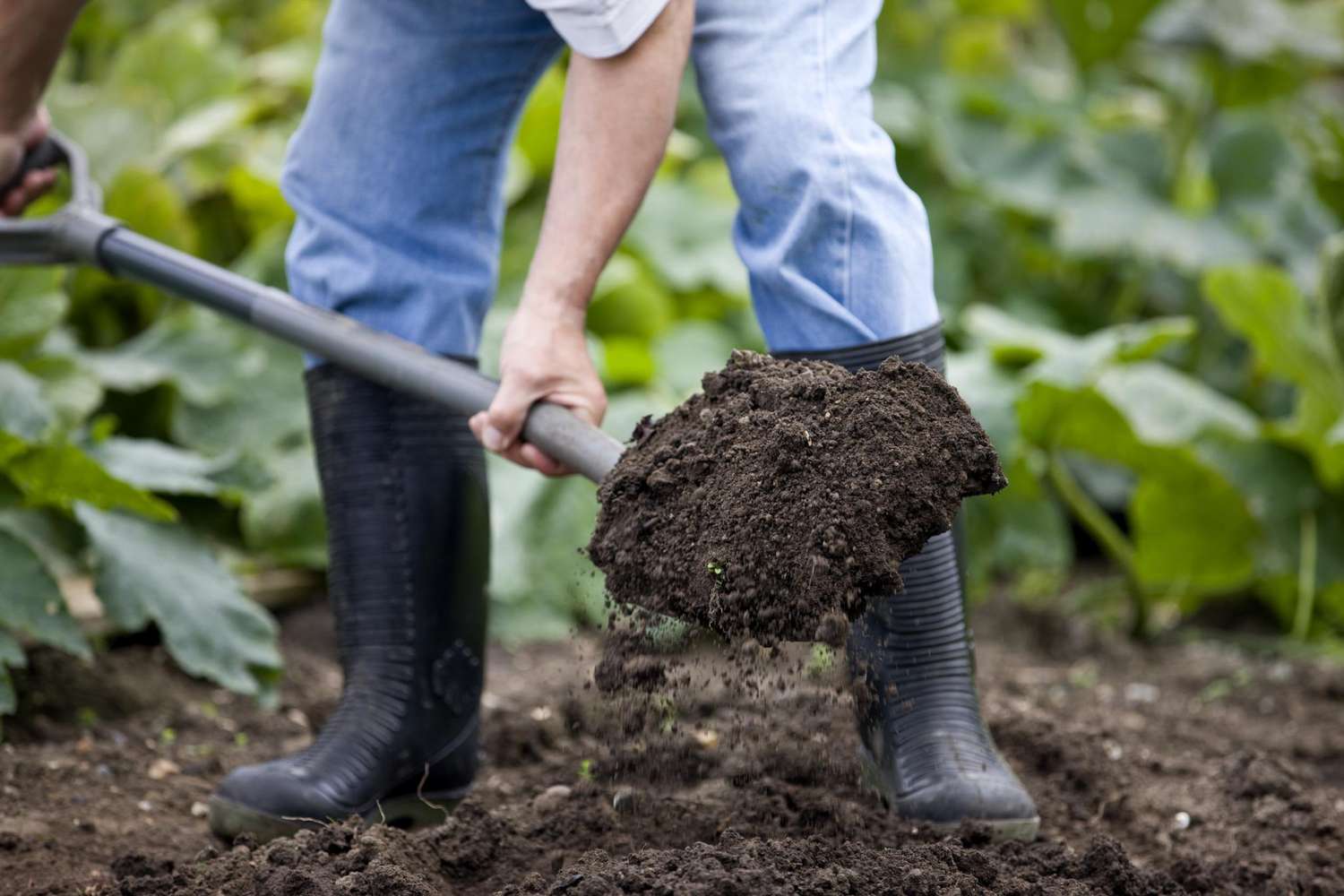
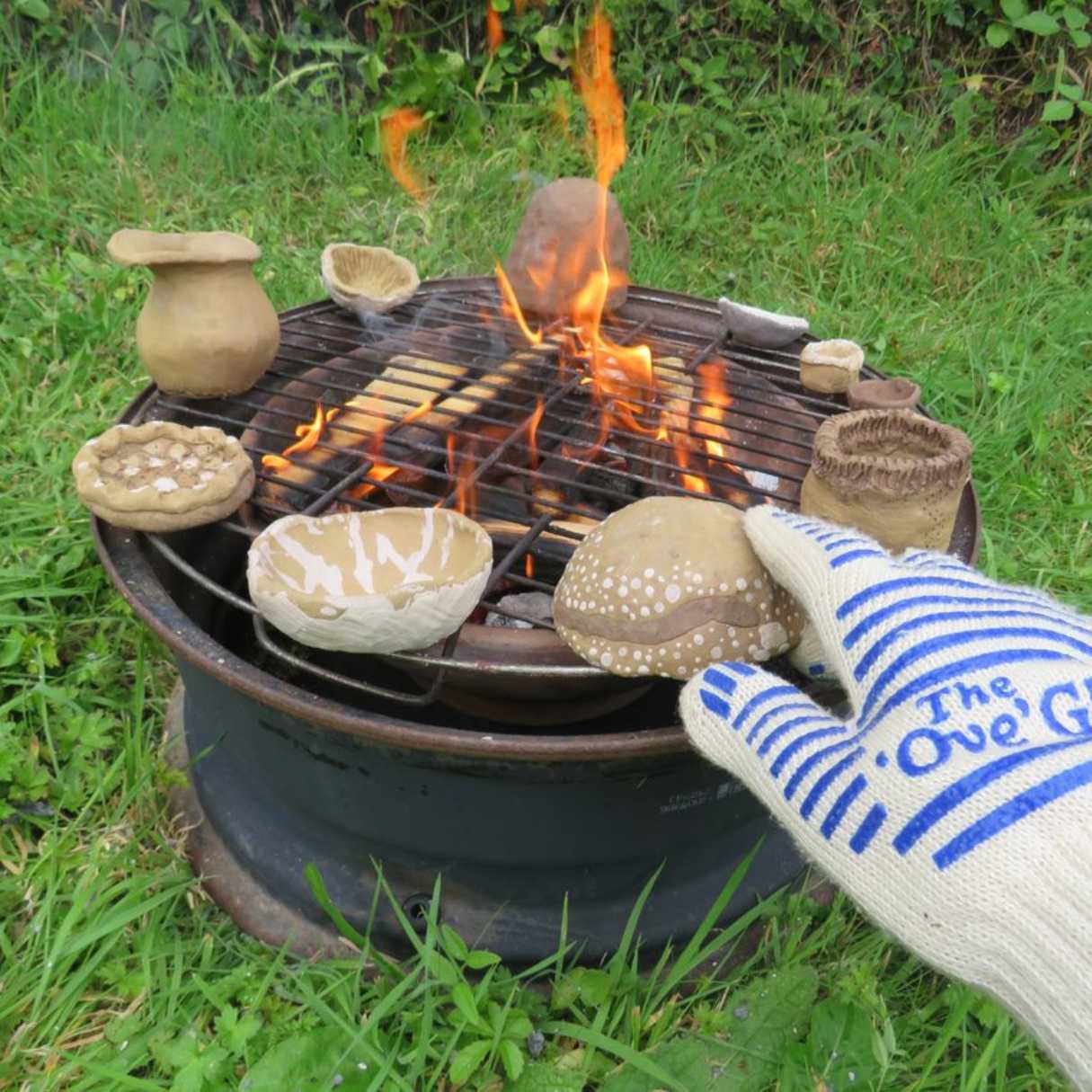
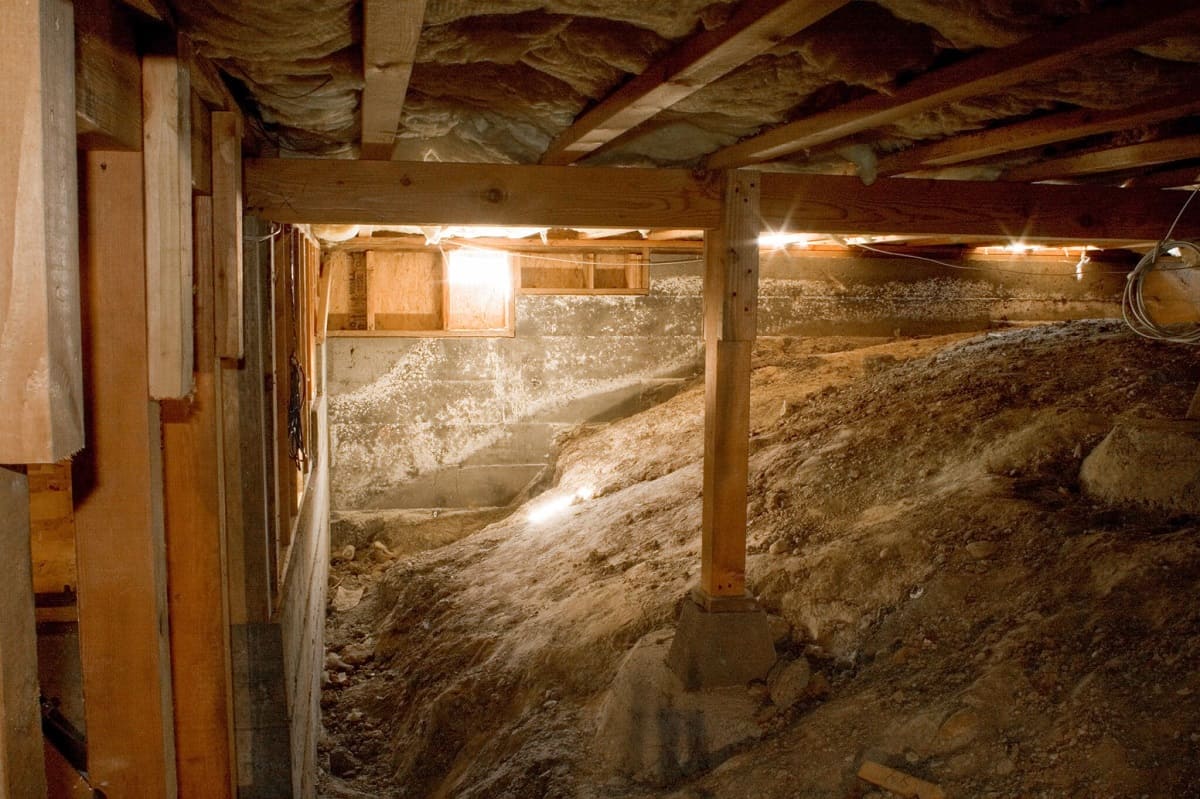
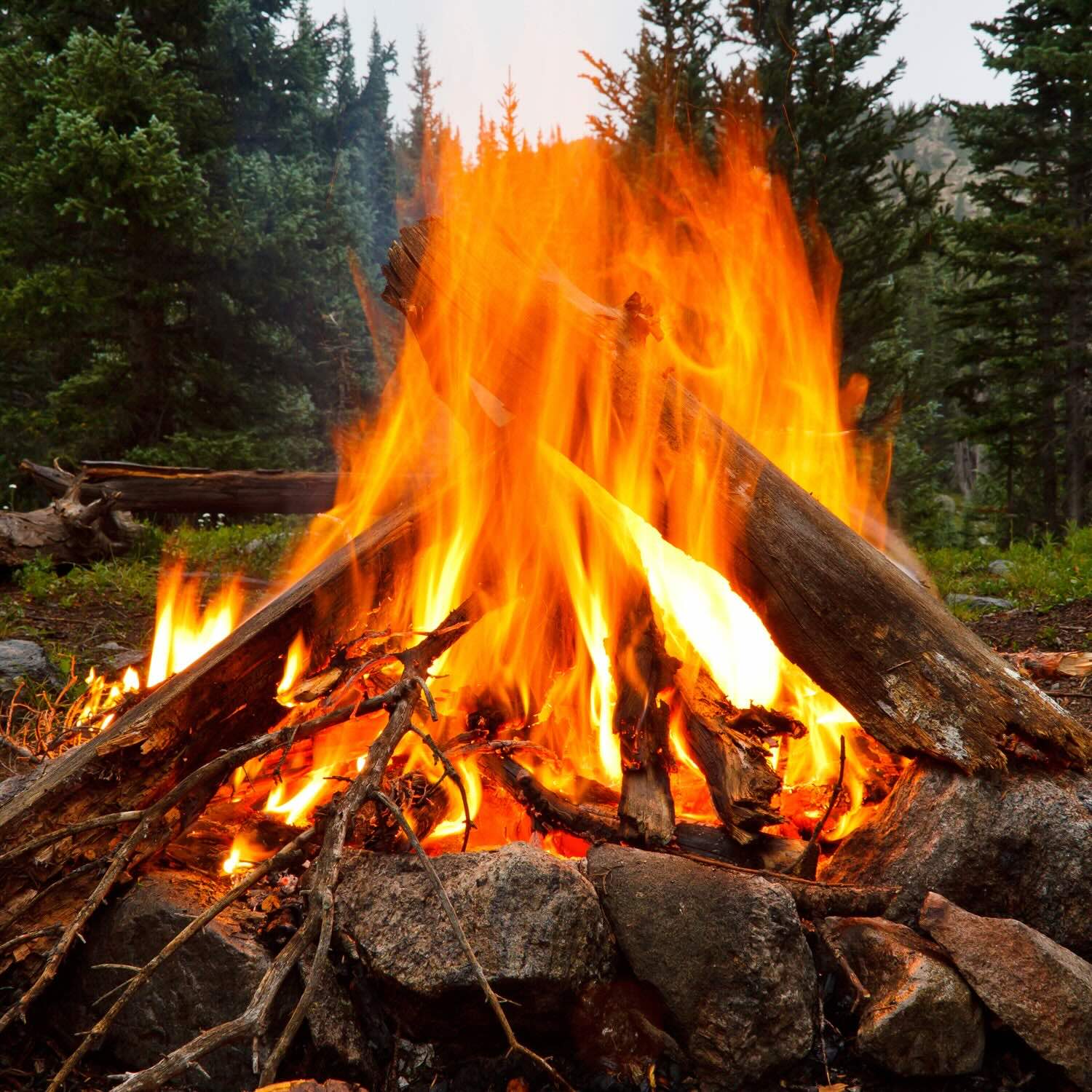
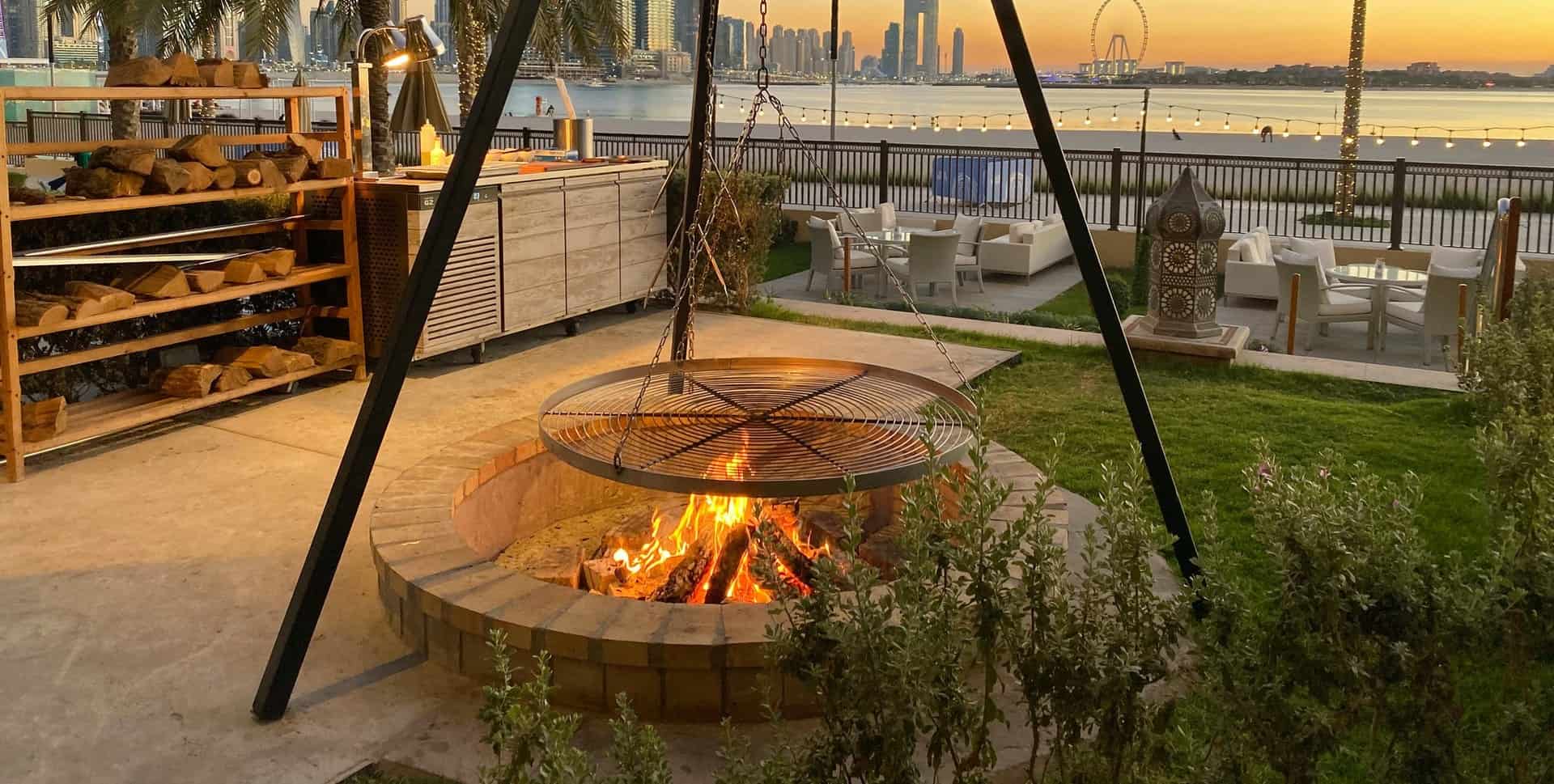

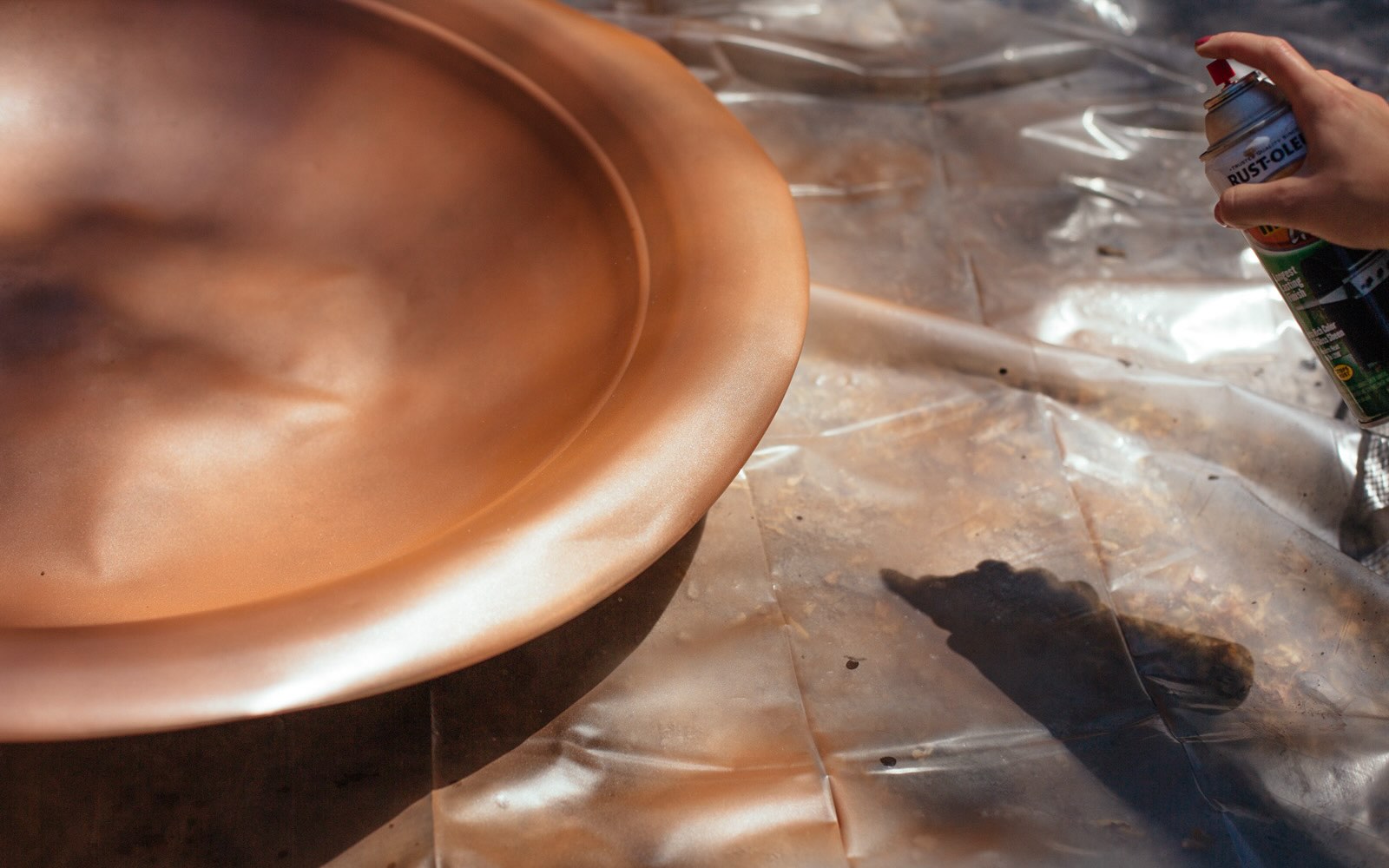
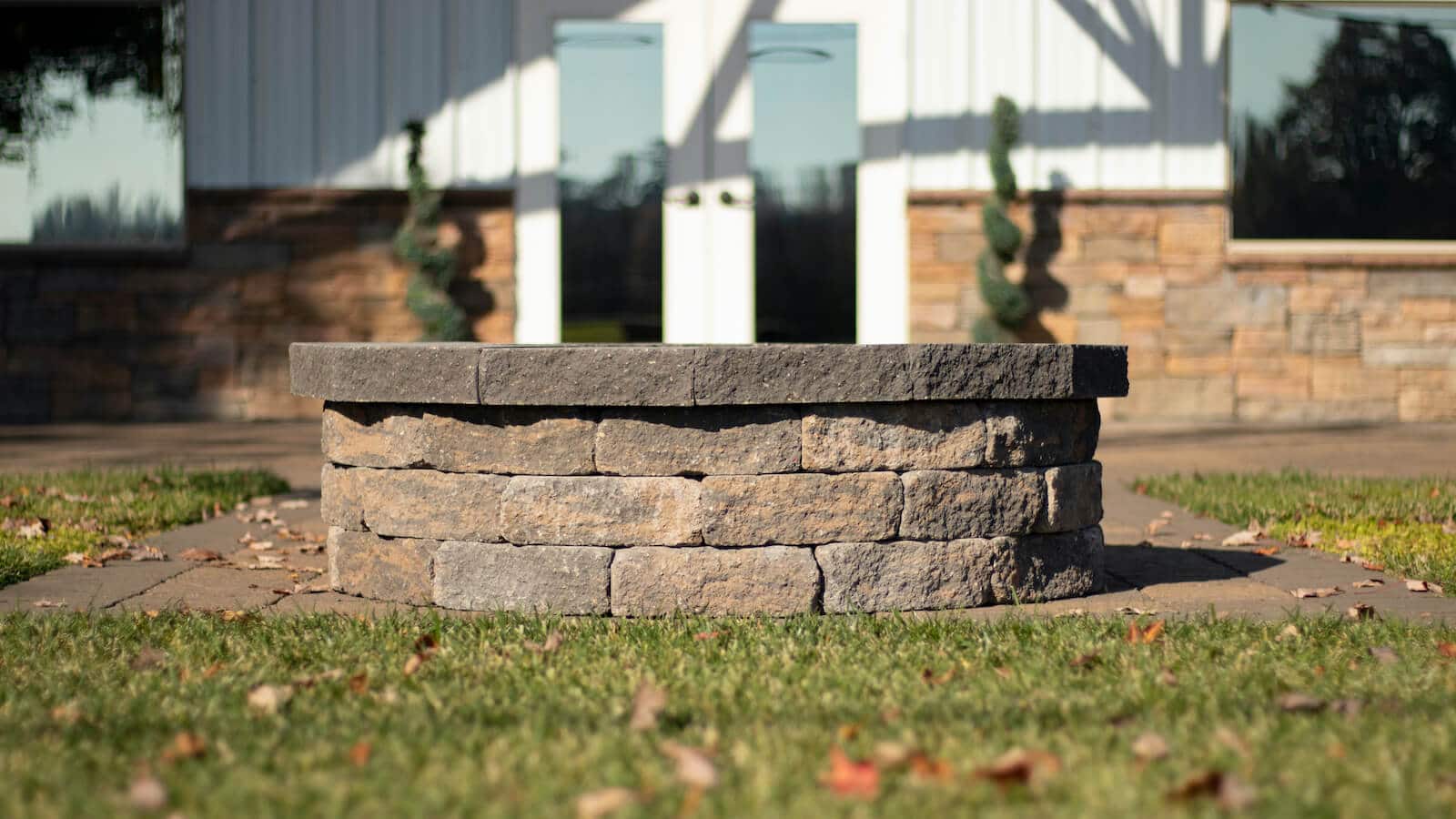
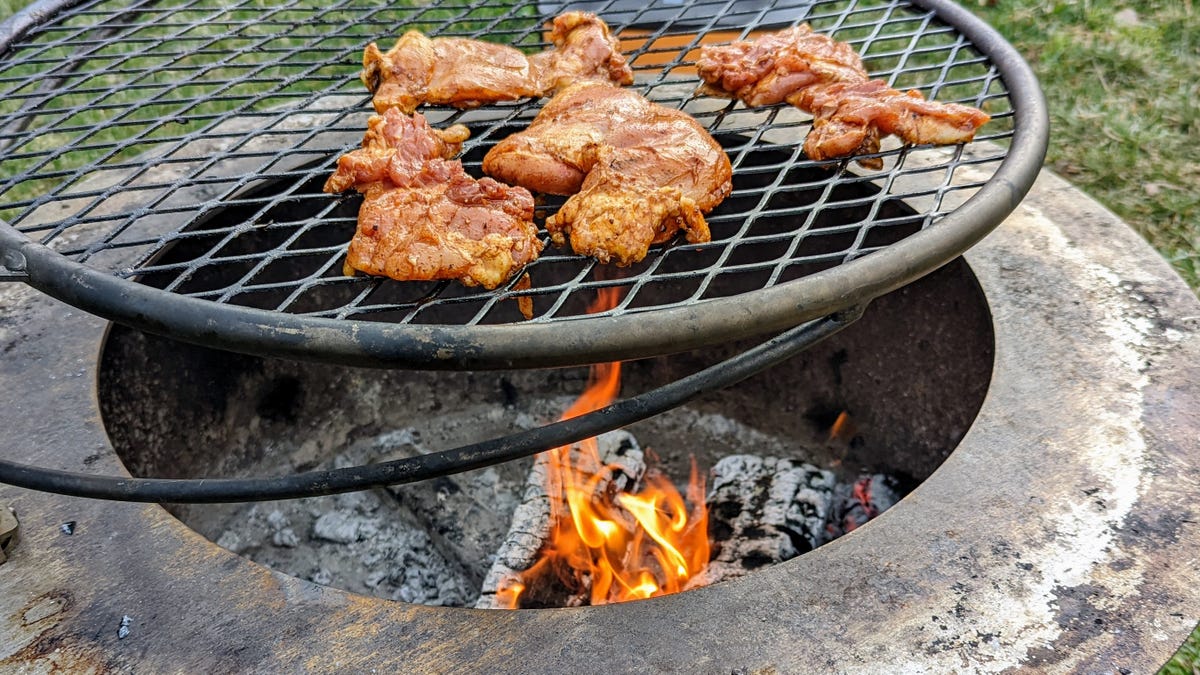
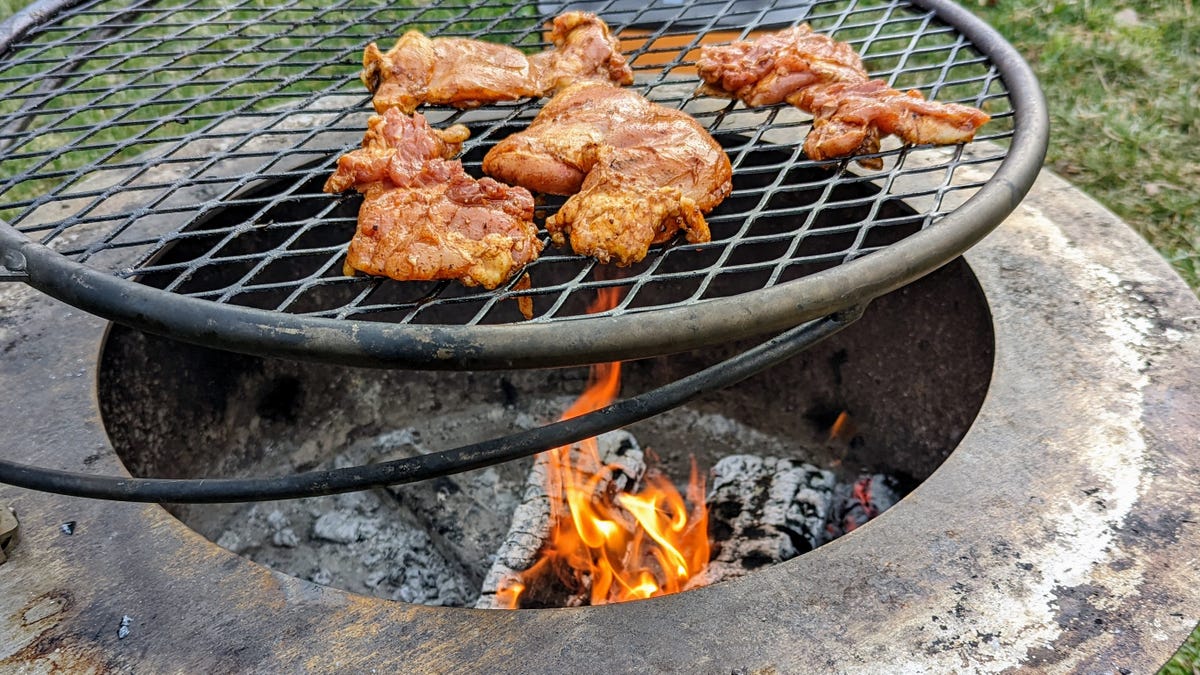
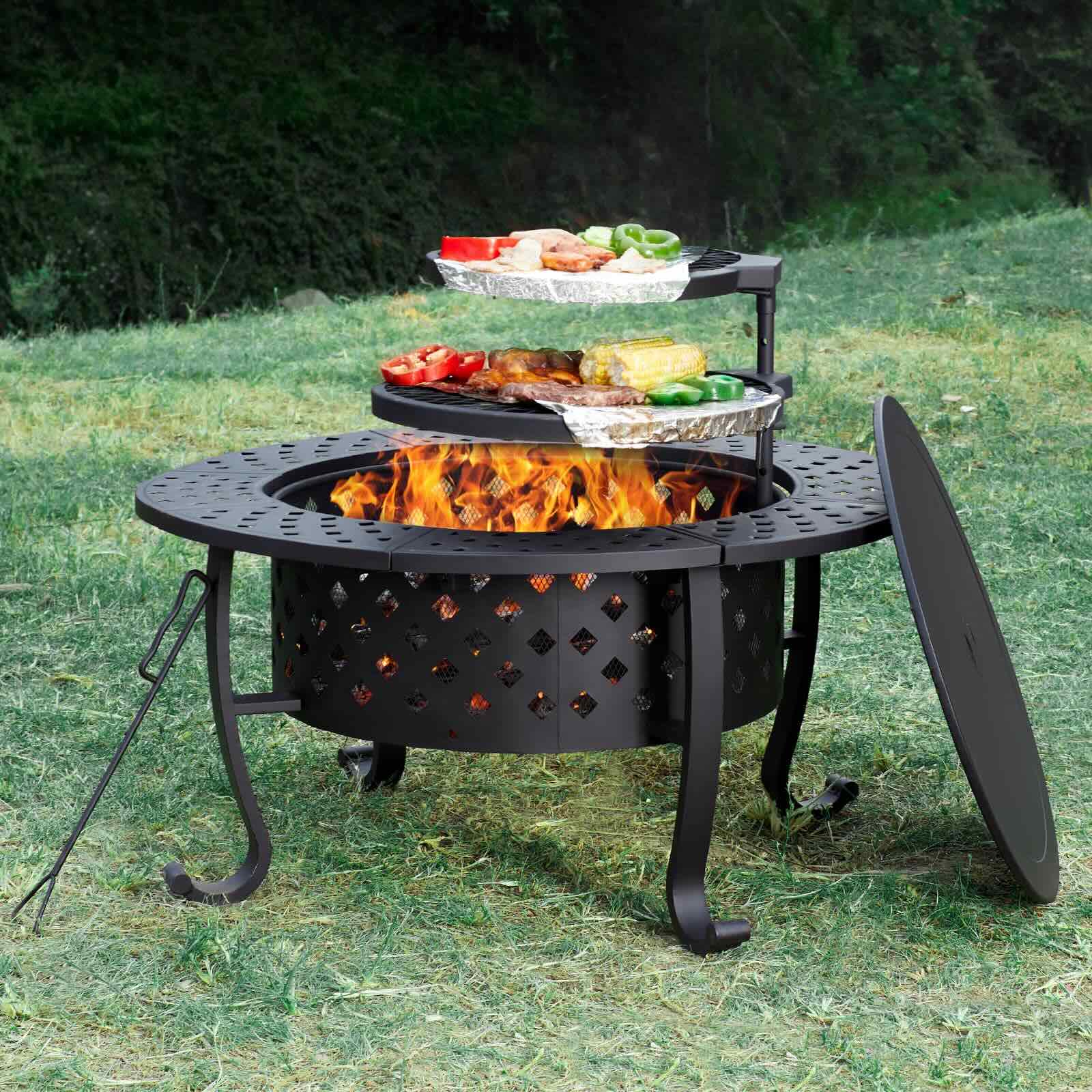
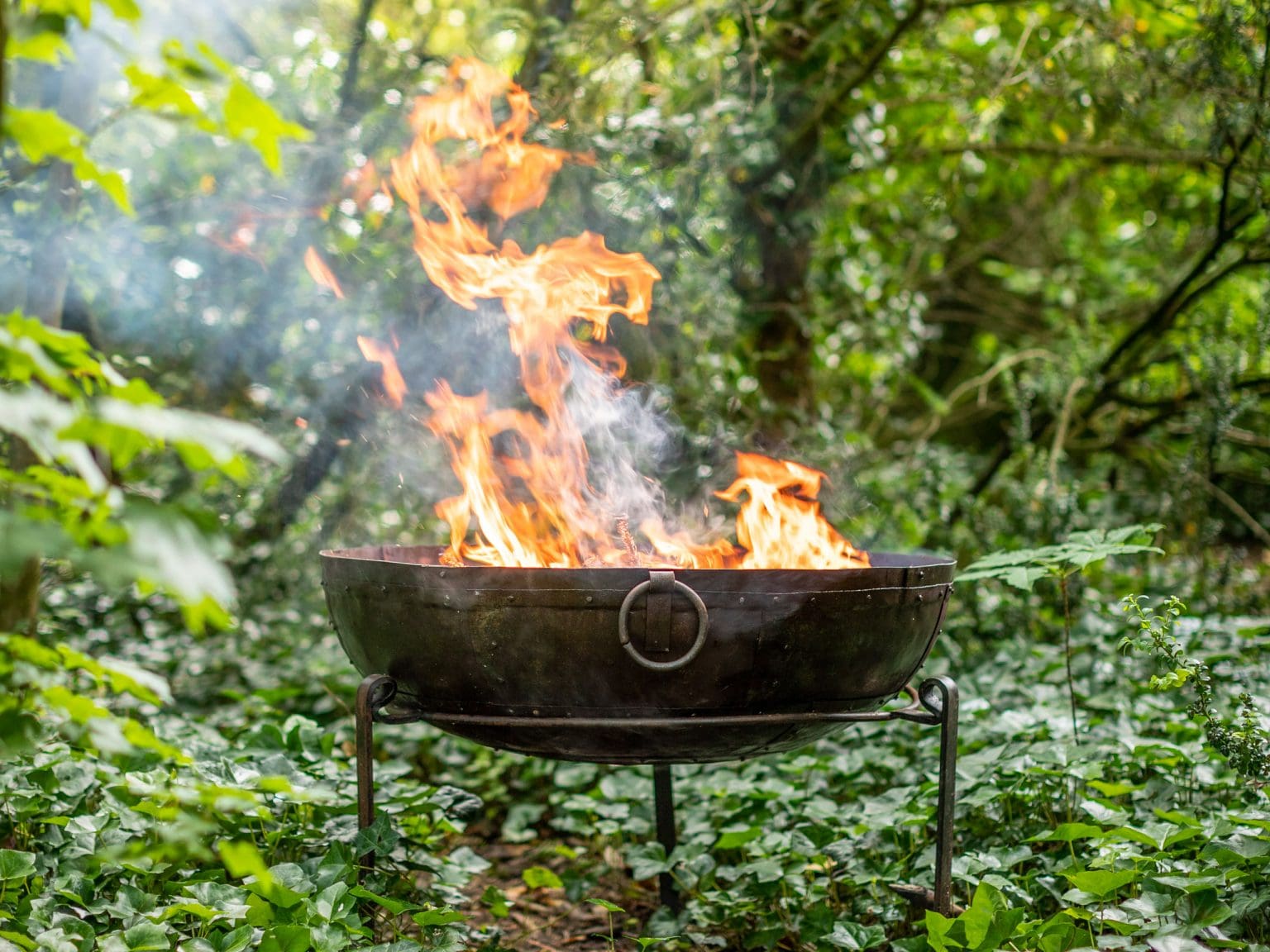
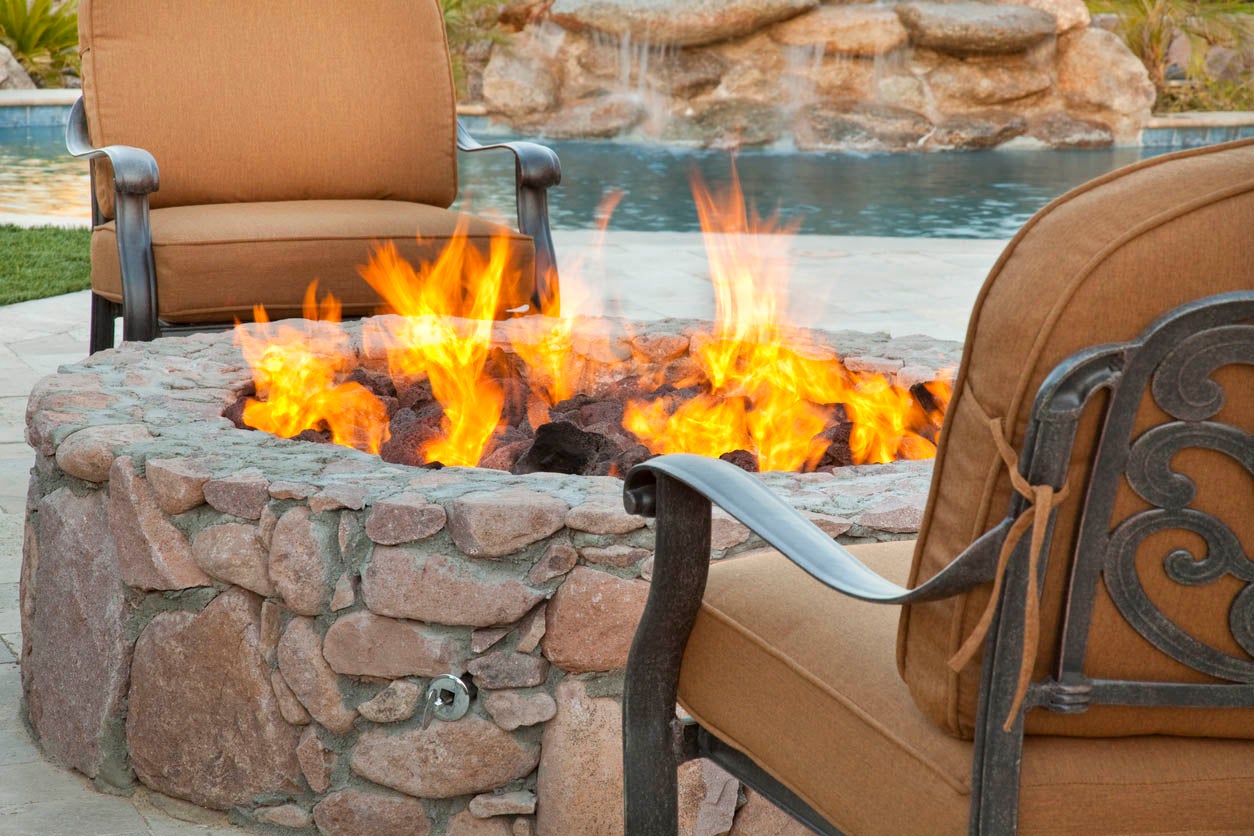

0 thoughts on “How Deep To Dig A Fire Pit”